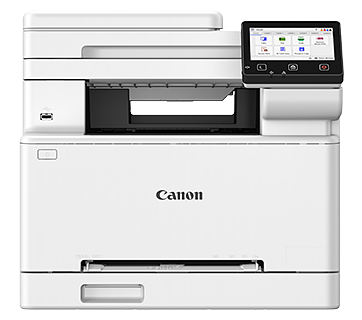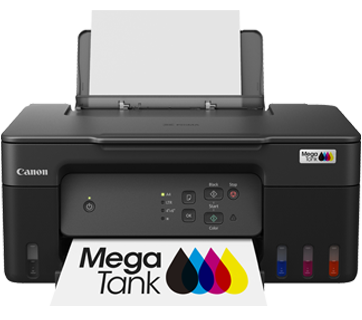
Pride of Singapore: Living Up To Our Name of Garden City
For Singapore, going green has never been just about the aesthetics. Despite rapid and extensive urbanisation since the 1970s, our small nation has managed to rank top in sustainability amongst Asian cities and second in the world. All this can be attributed to the fervour in which the government pursues environmental sustainability. Here are some of the eco-friendly strategies Singapore adopts that make us a potential ‘clean, green city of the future’.
Always Recycling
Singapore’s commitment to recycling forms a vital pillar in its blueprint for sustainability and also aligns with the global green movement of Reduce, Reuse and Recycle. Its most notable recycling efforts can be seen in the establishment of 4 NEWater plants. Using dual-membrane and ultraviolet technologies, NEWater transforms island wide used water into recycled drinking water, supporting 30% of Singapore’s water needs.
The National Recycling Program was also put in place since 2001, where recycling bags and bins are given to every HDB and landed unit respectively. The National Environment Agency then clears these bags and bins once every 2 weeks, going from door to door. Central recycling depositories are also placed at all HDB estates, encouraging all Singaporean to continuously recycle their trash.
Canon has also stepped forward with the Canon Recycling Programme where used Canon ink and toner cartridges can be dropped off at Canon Customer Care Centre. They will then be dismantled into their different components – plastic and metal, and recycled. This reduces the need to produce new raw materials, hence alleviating the strain on diminishing natural resources.
Going Green, and Staying That Way
Singapore has witnessed the growth of ‘green collar’ jobs in recent years. These are jobs in charge of conserving natural and man-made species or ensuring the sustainability of an organization’s practices. By 2015, the green industry has provided as many as 18,000 jobs and is predicted to grow even more over the years, evident in how a growing number of young Singaporeans desire to work in industries related to sustainability and climate change. This tells of a promising future for the sustainability of the green industry, and brings Singapore closer to its goal of having 80% of its buildings Green Mark certified by 2030.
Another way Singapore has noticeably gone green is manifested through its skyscrapers. Singapore had 61 hectares of skyrise greenery in 2013 and is aiming to reach another 20 hectares in its latest 2015 blueprint. Rooftop gardens reduces the overall heat absorption of the building, and hence reduces the need to consume more energy to power fans and air-conditioners. A good example would be Duke-NUS graduate medical school, which not only has a rooftop garden, but is made of titanium dioxide ceramic tiles to withstand tropical mould and reduce pollution in the air.
A Car-Lite Singapore
In recent years, the push for reducing engine-produced carbon emissions is greater than ever. The government introduces alternatives to driving through promoting public transport and cycling instead.
The addition of the Circle line, Downtown line and the upcoming Cross Island Line that runs from Changi to Jurong is part of the governmental scheme to construct a more comprehensive metro network. This makes anywhere in Singapore commutable through public transport, hence decreasing the overall need for cars.
In addition, the National Cycling Plan, put in motion since 2012, builds on park connector networks to establish intra and inter town cycling. Such routes are now available throughout Tampines, Yishun, Sembawang, Pasir Ris, Changi-Simei, East Coast, Jurong Lake and even the Marina Bay area. These cycling networks also helps to tie in the objective of increasing public transport consumption as they are built around major transport nodes such as bus interchanges and MRT stations. The advent of bike-sharing apps (Obike, Mobike and OFO) enhances such a scheme by increasing residents’ accessibility to bicycles all around the island at an affordable cost.
The Switch to Clean
In 2007, the government identified the clean technology sector as a strategic growth area and has provided more than $700 million in funding. Since then, multinational corporations such as Renewable Energy Corporation (REC), Siemens, General Electric and Veolia and SMEs have pushed the boundaries of innovation to create new technologies.
Education is also key in changing the mindsets of individuals, motivating the community to adopt environmentally sustainable behaviours in their daily lives.Targeting the impressionable minds of our youth, the National Environment Agency has initiated Youth for the Environment Day since 2013, providing a platform for initiatives to be organised, led and participated by Singaporean youths. Within Canon Singapore, we have collaborated with Ground-Up Initiative to kickstart the H3ROES programme, an environmental leadership programme aiming to nurture student leaders endorsing positive action for our natural environment.
A true garden city can only be achieved if all levels of society internalises and practices environmental sustainability. With the government already kickstarting several green practices, businesses alike should follow in the same footsteps, and help create a sustainable economy that is able to continuously meet the needs of society even with limited resources.
For more local inspiration throughout this month of August, follow our LinkedIn page!








